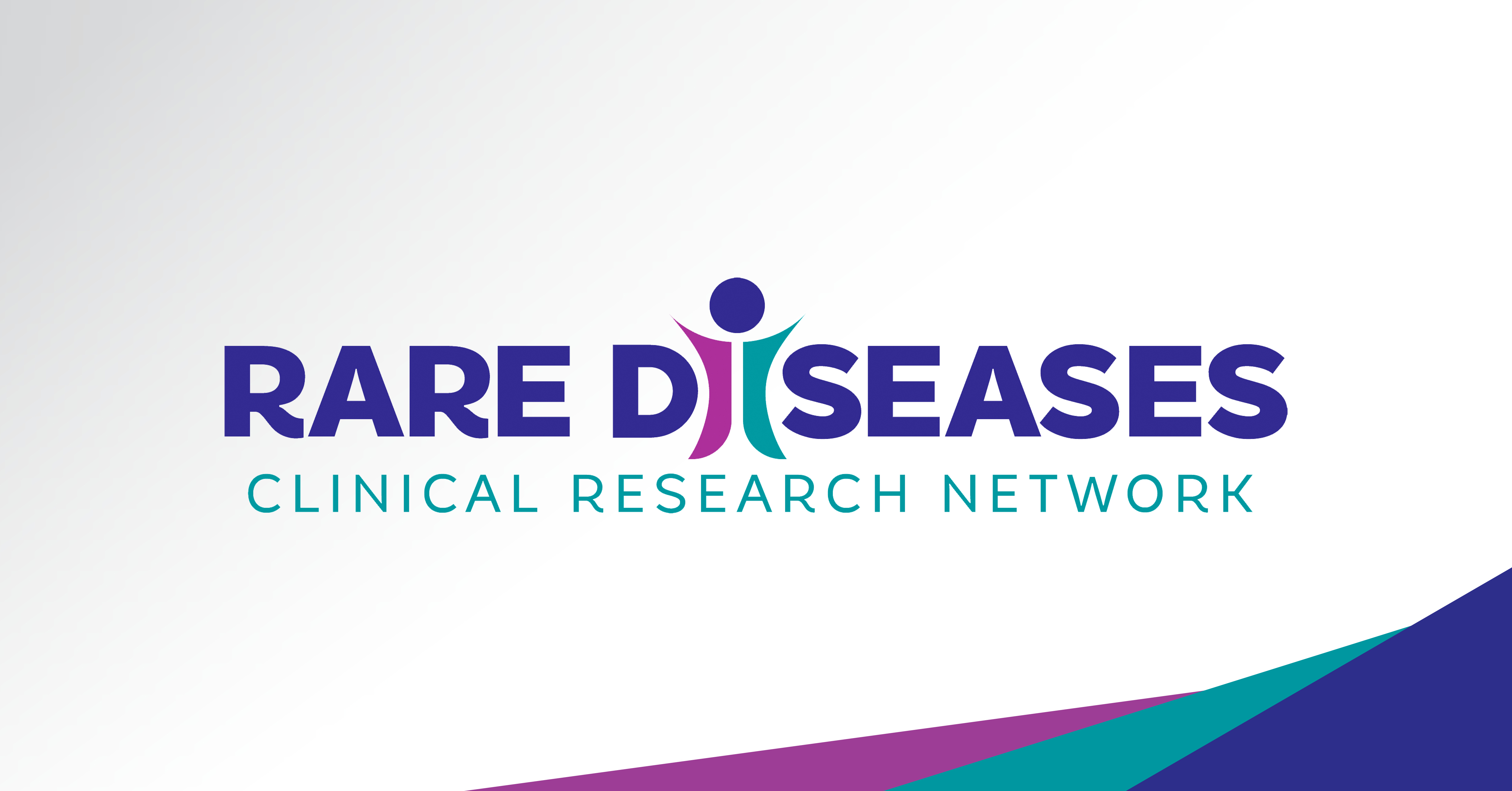How has your career and background prepared you for this position?
I have a track record in leading rare diseases programs, both in academia and government, where my work has included initiating NeuroNEXT, a network for neurological trials, and led to the creation of data standards for neurological disorders, most of them rare. As a medical student, I saw my first patient with muscular dystrophy. The lack of available treatments prompted me to seek training with experts in Europe and the U.S. on how to take care of patients with rare neuromuscular diseases, and also led to my work on myopathies and mitochondrial disorders, all rare diseases, as part of my pre- and postdoctoral research work. Following my clinical training in neurology at Columbia University, I worked on natural history studies, biomarker development and clinical trials in Lou Gehrig's disease, muscular dystrophies, spinal muscular atrophy and mitochondrial disorders with funding from the NIH, MDA, SMA Foundation and others. Clinically, I have worked in the adult and pediatric neuromuscular clinics at Columbia University, and I currently volunteer as an attending physician in the MDA Clinic at Children's National Medical Center. I also have served on scientific advisory panels for numerous rare diseases organizations including the Spinal Muscular Atrophy Foundation, Cure Congenital Muscular Dystrophy Foundation, Telethon organization in Italy, European Mitochondrial Disease Network, and Treat NMD Advisory Committee for Therapeutics. In addition, I am a member of the International Rare Diseases Research Consortium Interdisciplinary Committee, and the American Academy of Neurology Science Committee.
What do you consider the biggest accomplishment of the Rare Diseases Clinical Reserch Network (RDCRN)?
The biggest accomplishment of the RDCRN is that it successfully engages patient groups in research projects from their inception and brings multidisciplinary teams together to facilitate clinical research. This is very important, because patients and their families are not just research participants or consumers of the products developed, but need to work with researchers early on to ensure that the questions we are asking matter to patients, to make sure that the protocols are not too burdensome, and that the outcome measures are meaningful.
What are the major obstacles to overcome in clinical research for rare diseases?
Getting to a diagnosis can be difficult and often only possible well after symptoms have appeared. Other obstacles include designing clinical trials for small populations; recruiting widely dispersed patients and scientific experts; and attracting public and private funding due to perceived business risks.
What are your goals for the RDCRN?
NCATS' goals for the RDCRN are to facilitate clinical research in rare diseases through support for: 1) collaborative activities; including multisite longitudinal studies of individuals with rare diseases, and/or clinical trials; 2) training of clinical investigators in rare diseases research, 3) pilot and demonstration projects; 4) uniform data collection protocols; and 5) access to information about rare diseases for basic and clinical researchers, academic and practicing physicians, patients, and the public. We will continue to promote these goals, with particular emphasis on active patient engagement, on training the next generation of rare disease researchers, and on clinical research that is focused on health impact. We are interested in promoting the evaluation of therapeutics for rare diseases through clinical trials or through high-quality natural history studies that help define outcome measures, biomarkers and trial designs and thus set the stage for clinical trials.
What initiatives will you prioritize as NCATS' ORDR director?
For most rare diseases, there is no effective treatment. Given the large number of rare diseases, NCATS will continue to stimulate research that builds on the communalities between rare diseases. This may include innovative approaches such as studying within one research program different diseases that share a target or mechanism. Such an approach will allow for the evaluation of a therapeutic approach efficiently across multiple diseases, and can thus save time and resources in rare diseases research.
Another opportunity to leverage investments across multiple diseases involves the use of common data standards that cannot only help with more efficient study start up, data collection and quality, but that also can facilitate the use of data from different datasets and even different diseases in meta-analyses and trial planning. This means that clinical research data collected will be more likely to materialize their full value in supporting therapeutics development.
Getting clinical research studies implemented takes up too much money and time. Therefore, we will promote increased efficiency and more rapid trial start-up through the use of a single IRB and pre-negotiated contracts in multi-site studies.
Actively engaging patients in research remains an important priority for NCATS. To that effect, we will look at ways to expand opportunities for patient participation in the conception, design, oversight and implementation of research.
Overall, our goal is to bring more treatments to patients with rare diseases more quickly. Therefore, we will prioritize research studies and trials that are likely to move us closer to a treatment. We will measure impact with this goal in mind, and place less emphasis on publications or gain of knowledge that is unlikely to be translated into health benefit.


